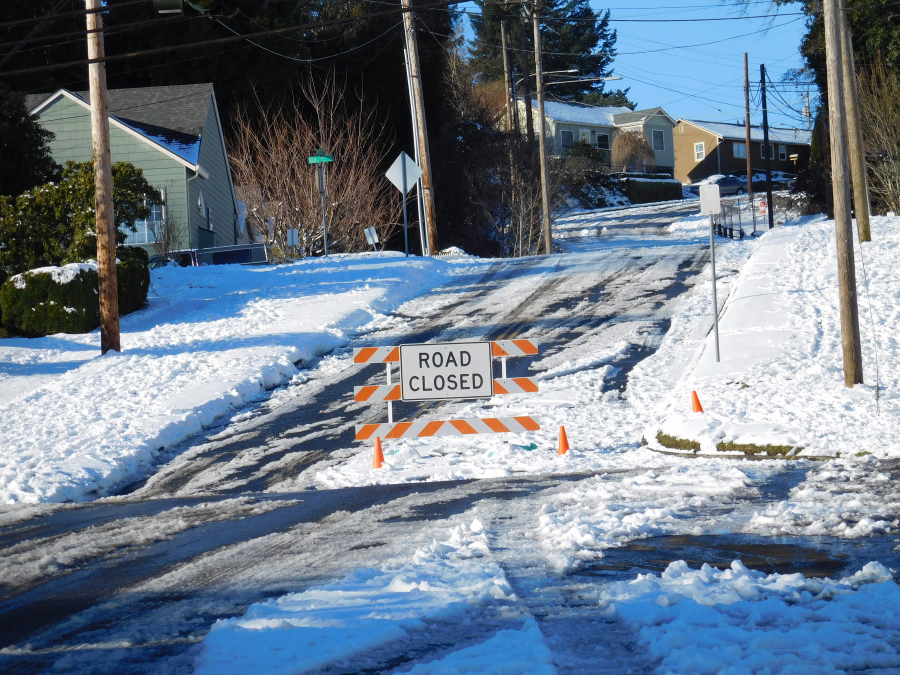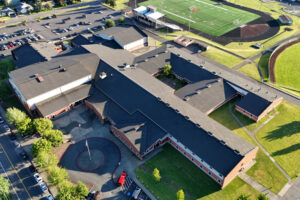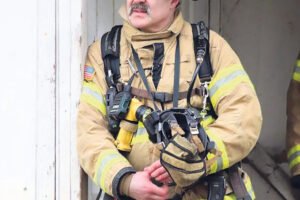Having watched a spate of hurricanes, earthquakes and wildfires devastate areas throughout the United States and Mexico in recent weeks, the question of natural disaster prep is likely on many people’s minds.
So how well prepared are Camas and Washougal in the event of a natural disaster? Captain Michael Brown, with the Camas-Washougal Fire Department, wants to make sure when, not if, there is a Cascadia earthquake, there will be food and water available for firefighters and paramedics.
The first step in his research — conducted over the past two years — involved looking at the Portland Fire Bureau’s natural disaster and earthquake plan.
If there are structural collapses, Brown says, it is important to shut off gas lines. He also wants to get fire engines, brush rigs and ambulances out of fire stations, in case there are aftershocks.
“During a power outage, electronics would be useless,” Brown explains.
Information from Portland’s Fire Bureau, as well as opinions from others, are compiled in a red binder on Brown’s desk, and each of the three CWFD stations have a copy of the notebook.




